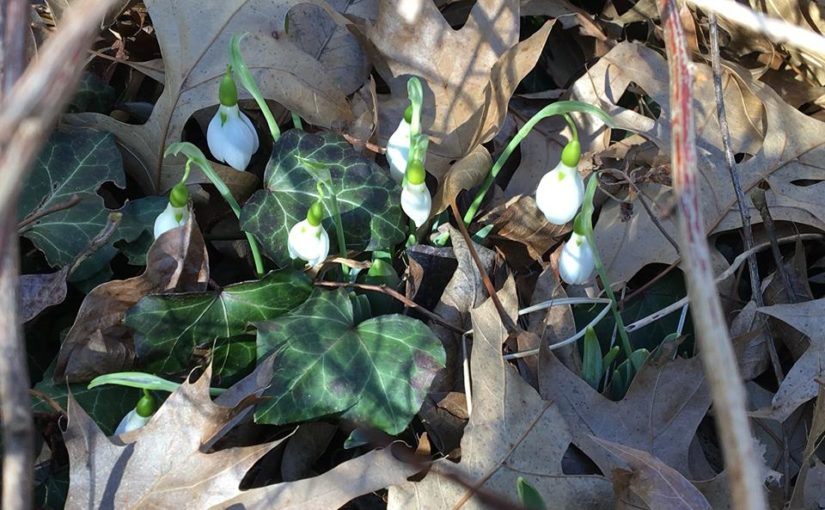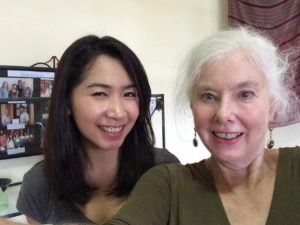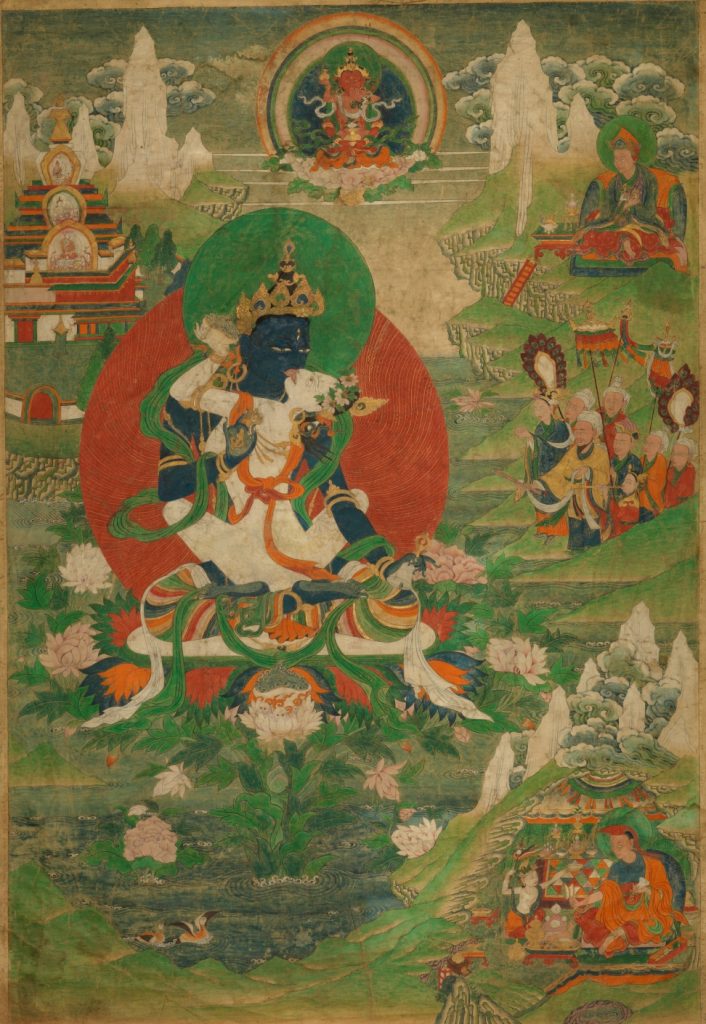I grew up in an alcoholic household, which meant that promises were suspicious and expressions of opinion often unwelcome. When my father, sunk in remorse for the breakage, the violence against my mother, the shouting and blaming he’d caused the night before, swore he would never drink again, I knew, by the time I was nine or ten, that the future was likely to be as bad as, or worse than, the past. I told myself that I would hold onto the truth about my family, even though no one else seemed able to.
Though I grew up trusting myself, it took me many years before I had any confidence that what I saw or believed would be of any value to others. For much of that time, I was afraid that what I perceived might be considered rude, risky, or crazy.
So, the other day in the supermarket, when I saw a striking woman whose appearance gave away something of her recent experience, I wondered if I should speak. She was probably in her mid-fifties, and she wore leggings, a tunic, a colorful scarf, and long, dangling earrings. She was distinctive, and not just because of how she dressed or how erect was her bearing. Her head was bald, and she had no eyebrows. I’ve known enough friends and loved ones with that look to know it probably meant cancer and its awful treatment.
I also know that many people, including close friends, are often reluctant to ask questions of someone who is ill or even to suggest in any way that they’re aware that illness is a huge, constantly looming presence in the other person’s life. Would it be rude, I thought, to say something to this woman that would acknowledge, indeed blatantly refer to, the fact that she was probably having chemotherapy? Should I dare?
I walked up to her and said, “It’s not everyone who manages to look gorgeous and elegant when she has no hair, but you’ve managed to pull it off!”
She told me it was her first day out without a hat, and that this was her second experience with chemotherapy. She said she was trying to get out into the world and not hide away. And she was grateful for what I had told her.
This small connection affirms for me a tenet of life I try to act on: If it even just slightly occurs to you to do something kind for someone… act on the impulse!


